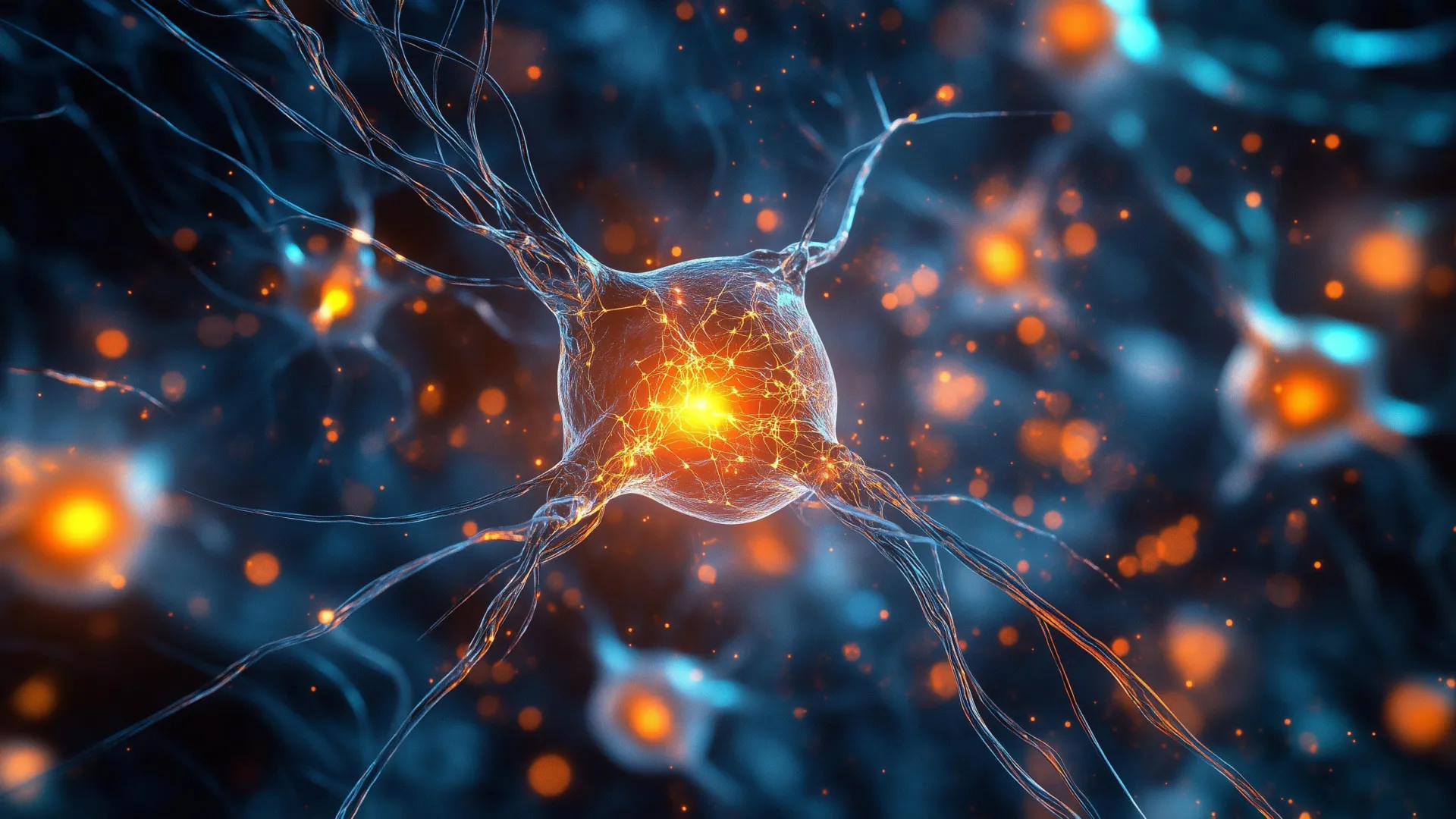Scientists finally see what sparks Parkinson’s

AI Summary
Researchers from the University of Cambridge, UCL, the Francis Crick Institute, and Polytechnique Montréal have developed a new imaging technique called ASA-PD that allows for the direct visualization and measurement of alpha-synuclein oligomers in human brain tissue, which are thought to trigger Parkinson's disease. This breakthrough, published in Nature Biomedical Engineering, enables scientists to observe these microscopic protein clusters, previously undetectable due to their size, potentially transforming how Parkinson's is studied and treated. The technique could lead to earlier diagnosis and more targeted therapies for the condition, affecting over 166,000 people in the UK alone, with global cases expected to reach 25 million by 2050.
Key Topics & Entities
Keywords
Sentiment Analysis
Source Transparency
This article was automatically classified using rule-based analysis. The political bias score ranges from -1 (far left) to +1 (far right).
Topic Connections
Explore how the topics in this article connect to other news stories